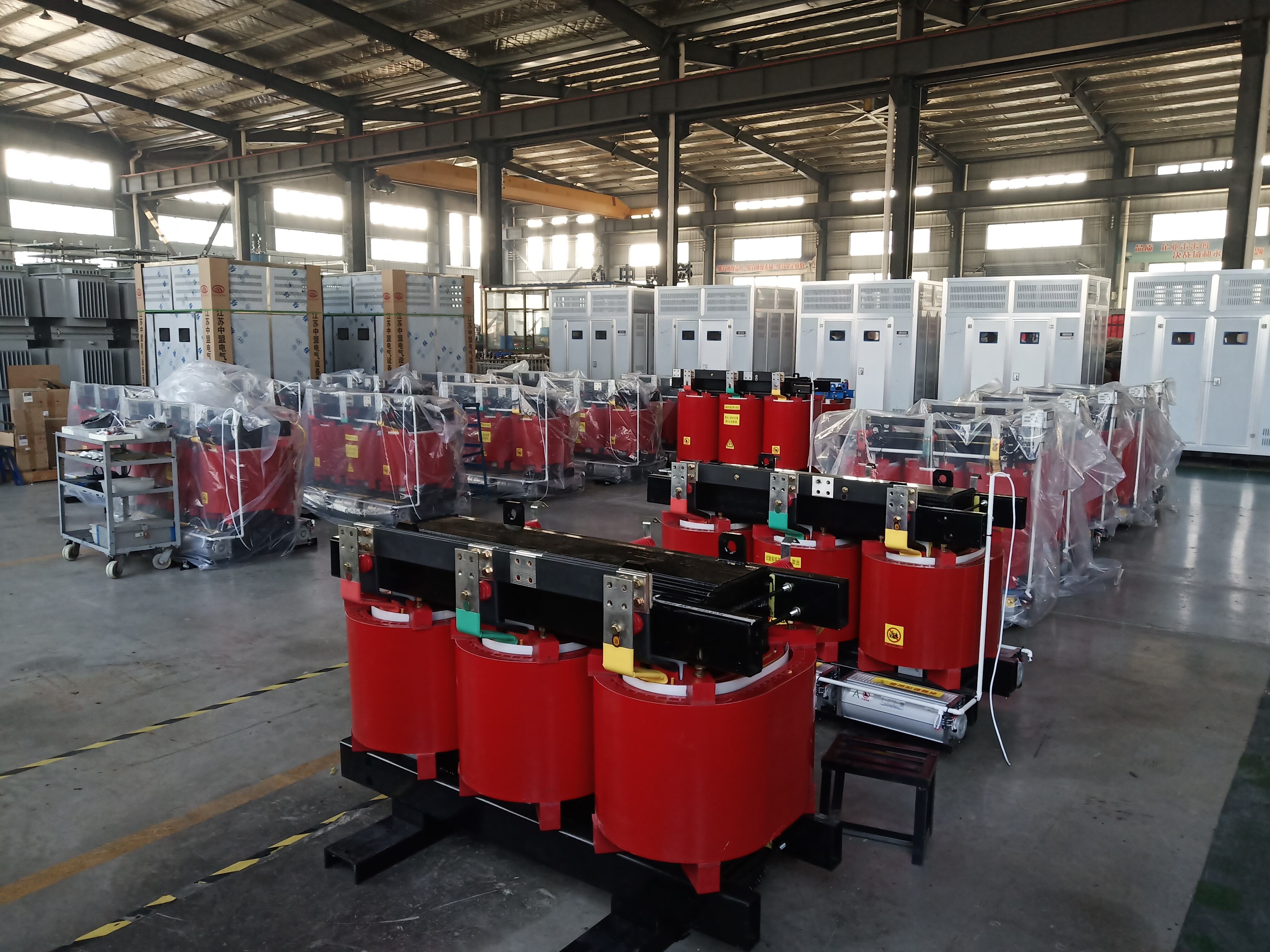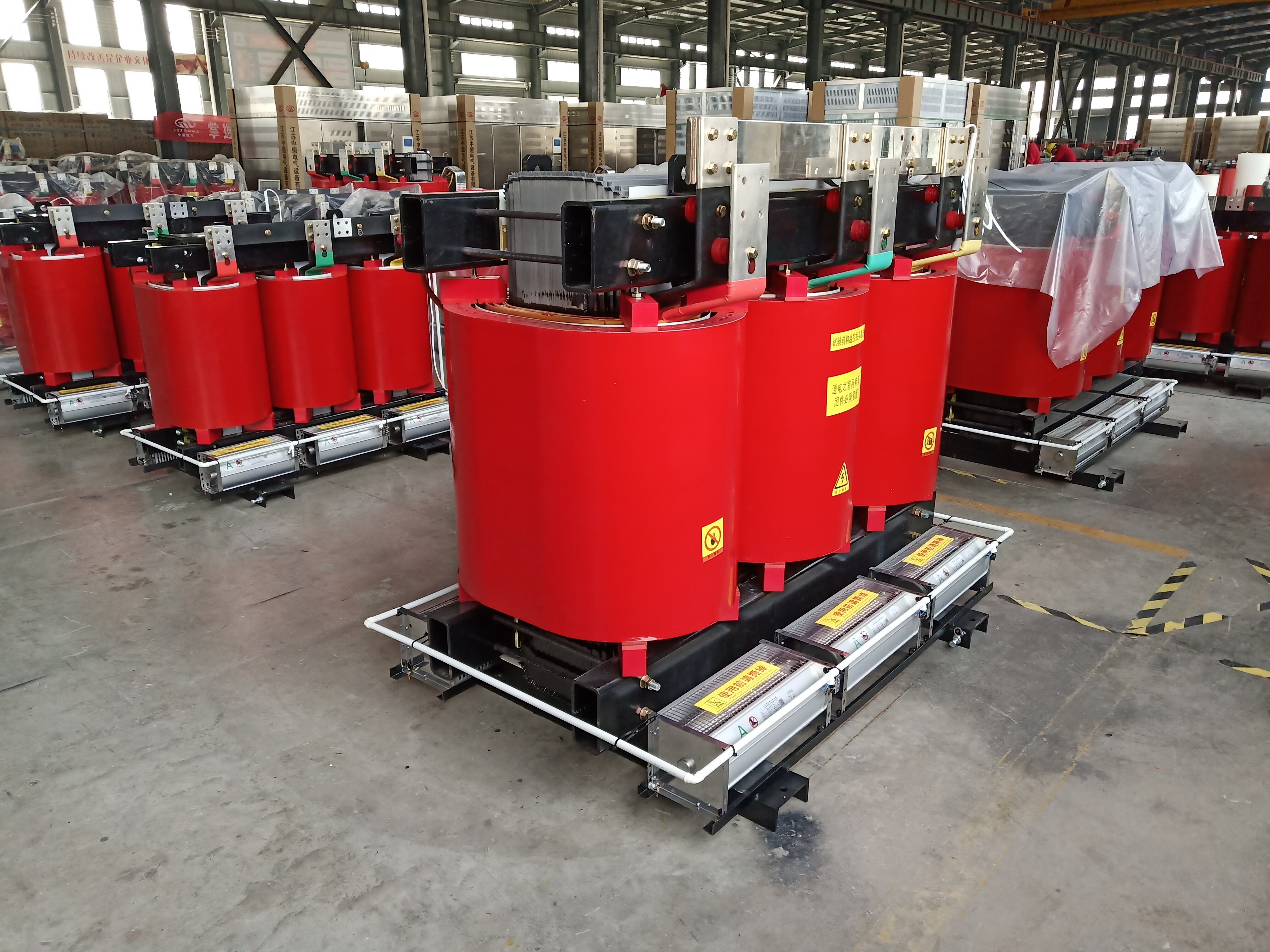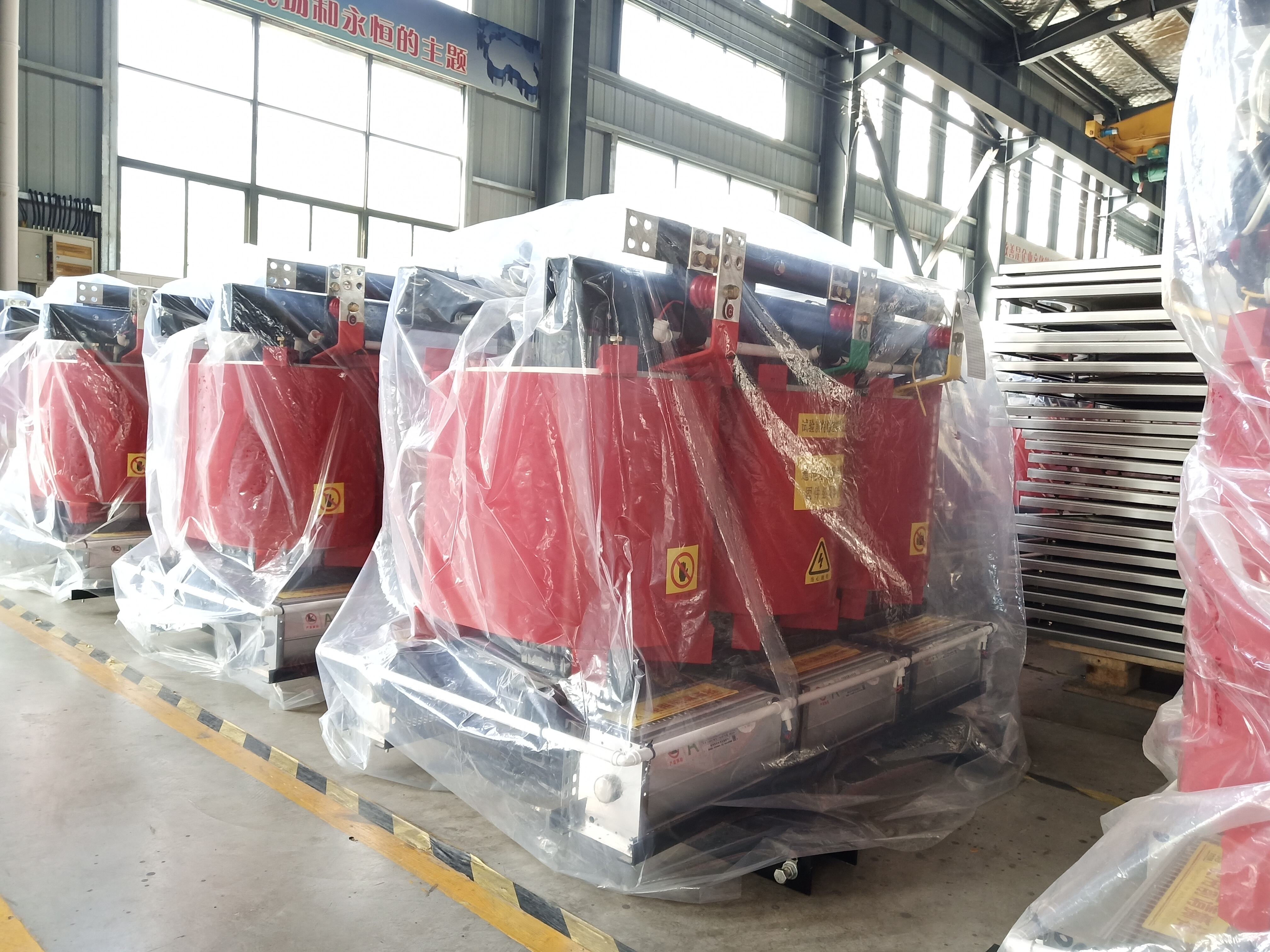substation transformer price
Substation transformer price represents a crucial consideration in power infrastructure investments, encompassing various factors that influence the overall cost. These transformers, essential components in electrical distribution systems, come in different sizes and specifications, with prices ranging from thousands to millions of dollars depending on capacity and features. The cost typically includes the core unit, installation requirements, cooling systems, and protective equipment. Modern substation transformers incorporate advanced monitoring systems, efficient cooling mechanisms, and smart grid compatibility features that affect their pricing. The initial investment considers factors such as voltage rating, power capacity (MVA), insulation type, and construction quality. Manufacturers often provide customization options, including special protection features, remote monitoring capabilities, and environmentally friendly designs, which can impact the final price. The market offers various options from standard distribution transformers to specialized units designed for specific industrial applications, with prices reflecting the technological sophistication and reliability requirements. Understanding substation transformer pricing requires consideration of long-term operational costs, maintenance requirements, and energy efficiency ratings, as these factors significantly influence the total cost of ownership.


